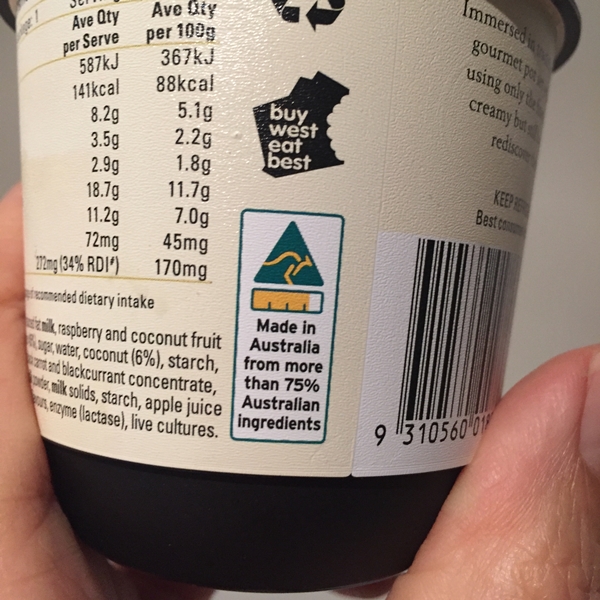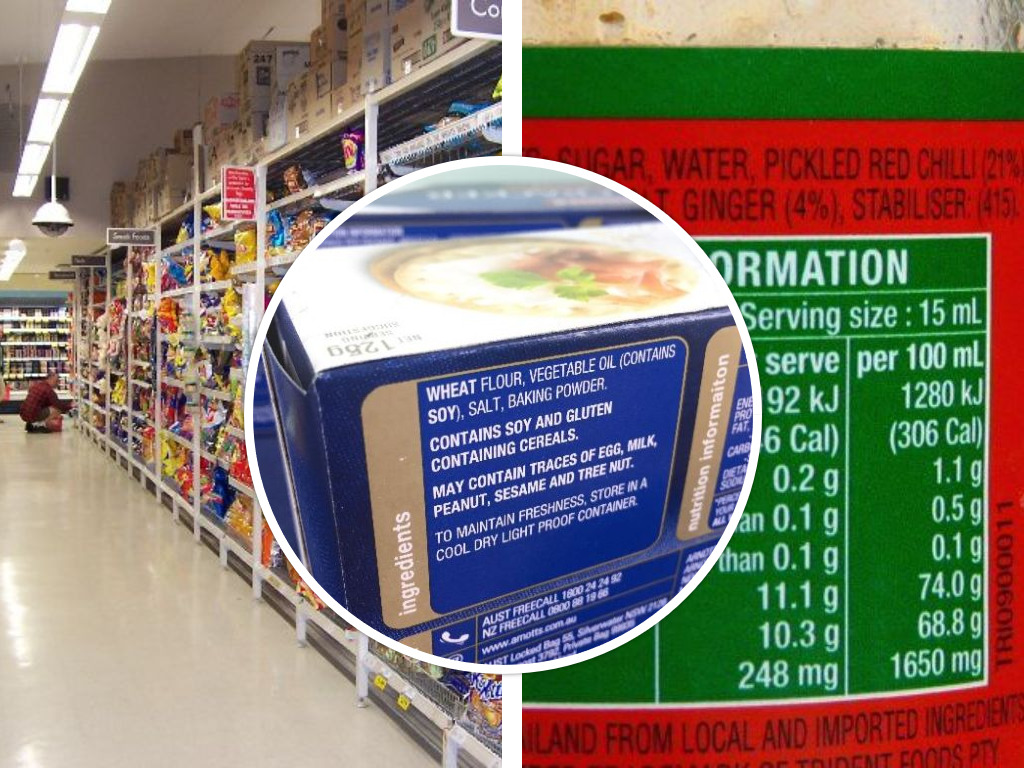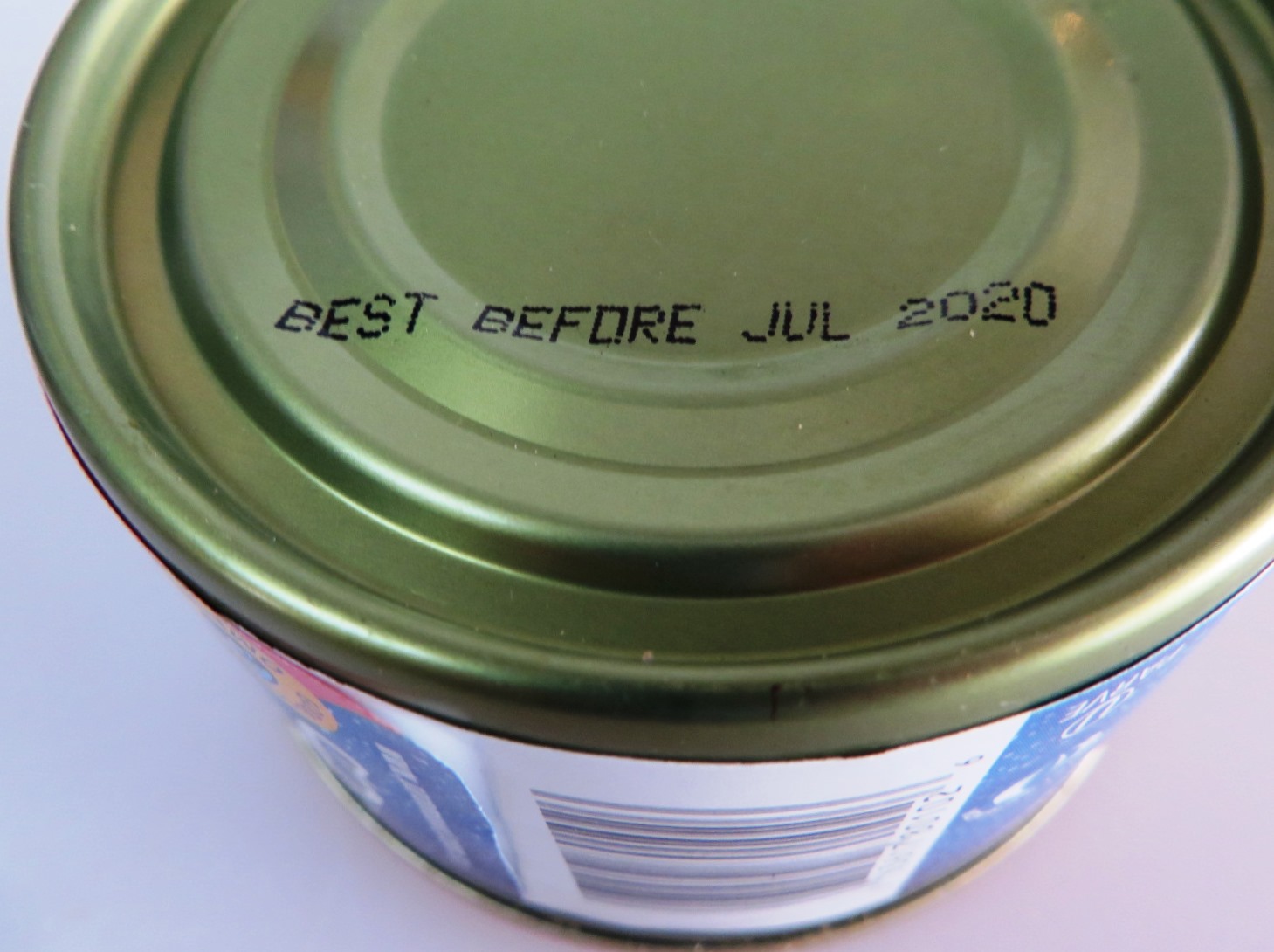- Home
- Blog
- Additives and Labels
- 10 things that MUST be on a food label
10 things that MUST be on a food label
Written by Catherine Saxelby
on Wednesday, 14 February 2018.
Tagged: additives, eBook, food labels, guides, healthy eating, label

Here’s a taste of what’s in my eBook Cracking the Code – The Handy Foodwatch Guide to Food Labels. This short extract is designed to give you an idea of what is covered in more detail.
A food label carries useful information about a product but only if you know what you’re looking for. Food labels are handy as they:
- Help protect public health and safety by displaying information and warning statements.
- Tell you if the food contains an additive or allergen that you want to avoid.
- Allow you to compare similar products and choose the one that suits your needs.
- Advise when to use it by, how to store and prepare it, what it is made of, its size and weight, and the manufacturer’s contacts.
A food label carries useful information about a product but only if you know what you’re looking for.
The 10 things that MUST be on every label
Here is the compulsory info that is required by law on every food pack in Australia and New Zealand:
- Description or technical name of the food or drink (not the brand)
- Net weight or volume – amount of food or drink without the weight of the packaging
- Date mark
- Ingredient List, including additives
- Nutrition information panel
- Allergy warning or Allergen declaration
- Name and address of manufacturer, distributor or importer
- Country of origin (Australia only)
- Storage Instructions e.g. keep refrigerated at 4°C
- Lot or batch number.
The 10 things in detail
1. Name and description of the product
If the name of the food doesn’t make it obvious what it actually is, there must be a description which is meaningful enough to portray the true nature of the food. For example:
- You may recognise the brand when you spot a tetra pack of Up and Go, but its true technical name is “Formulated Milk Drink”.
- A jar with 100% strawberry looks and functions like jam. Technically though it’s a “Fruit Spread” as it doesn’t have the sugar content to be classified as a jam.
2. Net weight
This is the actual weight or volume of the food without the extra weight of any packaging. For canned foods, it includes any liquid – it is not the drained weight.
3. Date mark
This tells you the time of best eating by means of a ‘Use-By’ or a ‘Best-Before’ date.
Use-By dates are generally found on perishables and short-shelf life foods such as fresh meat packed at the supermarket, chilled fish, milk and yoghurt. Products should be eaten or thrown away by the use-by date as after that date the food is not safe to eat, even though you may not see any signs of spoilage like mould or an off-smell.
Best-Before dates apply to most cereals, biscuits, snack foods, flour, eggs, canned and frozen foods and other long shelf-life foods. It tells you the time of best eating quality. The food is not spoiled immediately after the date and can be sold if stored properly and in good condition, but its quality has begun to decline.
4. Ingredient list
All ingredients must be stated in descending order by ingoing weight from most to least. The ingredient in the highest proportion is listed first, followed by the second, the third, and so on.
Additives are included here by their functional name, say PRESERVATIVE, followed by either their chemical name, say (SODIUM METABISULPHITE), or by their code number (223).
Small packs don’t have to carry ingredient lists e.g. individual confectionery items, sauces and condiments, sugars and sweeteners.
5. Nutrition information panel
This shows the energy in kilojoules (calories), protein, fat (total and saturated), carbohydrate (total and sugars) and sodium in an average serve and in 100 grams of the food. Some foods also show fibre, potassium, monounsaturated fat, polyunsaturated fat and trans fat depending on whether they make a claim about these.
6. Allergy warning
For allergy sufferers, the presence of fish, shellfish, eggs, milk, peanut, tree nuts, sesame, wheat, soy and lupin must be declared. It is usually in or near the list of ingredients e.g. ‘Contains egg’. Sometimes the allergens are shown in bold in the Ingredient List e.g.‘ ... milk solids ...'.
7. Name and address
The name and street address of the manufacturer, packer, distributor or importer must be clearly identified for consumers (not a P.O. box).
8. Country of origin
This identifies the country or countries in which the food was grown, made or processed. In Australia, if the food is made from imported ingredients or from local plus imported ingredients, this must be listed. New Zealand does not require country of origin labelling.

If you like to buy Australian products, here’s what you need to know:
GROWN IN AUSTRALIA
This label is for foods which are 100% Australian grown e.g. lettuces, oranges.
PRODUCED IN AUSTRALIA
This label tells you that 100% of the ingredients and all major processing was performed in Australia e.g. cheese, yoghurt, cereals, breads.
MADE IN AUSTRALIA
This label is a little different in that it tells you that all major processing happened in Australia and it also tells you the percentage of Australian ingredients in the final product. Any imported products where only some minor processing such as slicing or canning has been done in Australia cannot use this label.
PACKED IN AUSTRALIA
This tells you that the produce (usually) has been packed in Australia but may have been grown elsewhere.
9. Storage instructions
For best quality and safe eating, follow all instructions e.g. for example, keep chilled at 4◦C or less before opening OR Refrigerate after opening.
10. Lot or batch number
There needs to be a lot or batch number (or the date if there’s only one batch made a day) so a product can be recalled in the event of a problem or accidental error.
The bottom line
These 10 things are required on almost all packed food items with a few exceptions such as a small packet or food prepared in front of you to your order. These things come from the Food Code which is set by Food Standards Australia and New Zealand. You can read all the detail here.
Jemma O'Hanlon
The Good Stuff
The Boring Stuff
© 2025 Foodwatch Australia. All rights reserved
Website by Joomstore eCommerce








